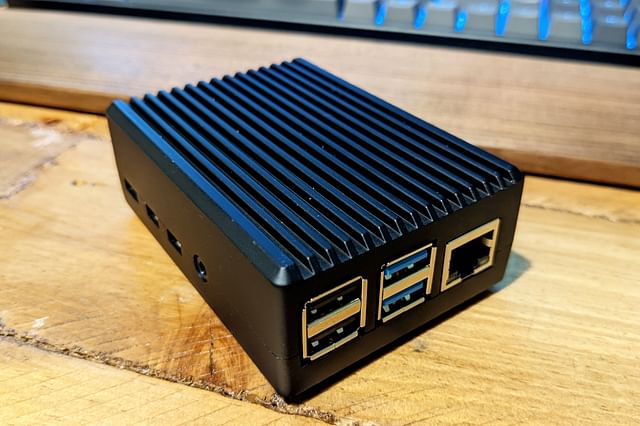
How to Start Your Home Automation Journey
Home automation can surely spice up your tech experience! It's one fantastic way of inserting convenience into your daily routine, thanks to the wonder of technology. Imagine assigning ordinary chores, like turning off the lamps at night, to an automated system you set up. Impressive, right?
The beauty of home automation is how it can escalate from basic tasks to complex procedures, including:
- Watering your plants when they need it
- Warning you with a light flash when someone approaches your front door
- Lowering your home temperature when no one is around
Fascinating, isn't it? But don't worry! As a beginner, we're just starting at the right pace. In this guide, we'll be your guiding light as you take your first steps in the world of home automation.
There are two fantastic starting points. First, buying a ready-made smart device, and second, building your own.
So, bring on the excitement and let's delve into the world of home automation!
Buying Your First Smart Device
Stepping into a tech store to buy your very first smart device can sometimes be overwhelming, graphics card wars and all. Choices are endless, and that's why beginning with something you see yourself frequently using proves to be a smart move. The more you use your smart device, the quicker you'll realize its worth!
Now, imagine purchasing a smart device you don't need much, causing you to question yourself why you wasted all this money on something not that instrumental to your daily life. That's why my advice to you is to get something with a strong community base, and an interface easy enough to navigate on.
Take Philips Hue light for instance. This smart bulb practically regulates itself through its user-friendly app, making your life much more comfortable, and justifying why home automation deserves all its applause. So for now, save the more complicated gadgets for another time, and thereby, make your initiation into home automation as smooth as possible.
Building Your Own Smart Device
Exciting as it may seem, buying isn't your only option. If you're fond of hands-on work, you can start building your first smart device too!
Several platforms can assist you in your DIY quest, but I recommend the Raspberry Pi as the most starter-friendly. With Arduino or NodeMCU being impressive, nothing beats the simplicity that Raspberry Pi offers.
The beauty of a Raspberry Pi lies in its ability to function just like your average desktop computer, making it an approachable choice for personal home automation.
If you ask me, NodeRed is the perfect companion for your Raspberry Pi, especially in churning out home automation projects. NodeRed is a simple drag-and-drop software where you can design automated tasks. An example can be as simple as triggering an LED light every time you tweet. It might sound silly, but the point is creating such automations don't require a steep learning curve in coding.
Starting small, keeping it simple, and gradually raising your stakes are exactly what you need to get going!
Wrapping it Up
Venturing into home automation might be a little intimidating at first, but with the right first step, it's quite simple and fun. This guide provides you with two easy, beginner-friendly first steps: buying a ready-made smart device with an easy-to-use interface, or building your very own with the use of Raspberry Pi and NodeRed.
There sure are countless other ways of diving into home automation, but the abundance of options can be confusing, especially for beginners. Hence, these two robust starting points should be enough for you to set the ball rolling. As you grow accustomed, you can cast your net wider and explore other alternatives.
For now, just focus on these simple steps, learn and perfect your skills. Remember, every step counts, and every learning experience is a big leap forward in your home automation journey. Enjoy the ride!
Posted on: Nov 26, 2021 Last updated at: Jan 7, 2024